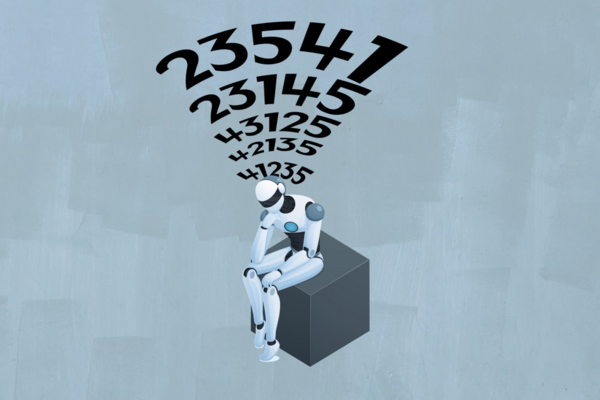Language Models Leverage Innovative Algorithms for Dynamic Scenario Prediction

Summary
Groundbreaking language models employ cutting-edge associative algorithms like 'Associative Algorithm' and 'Parity-Associative Algorithm' to dynamically group and calculate scenario changes, enabling engineers to fine-tune predictive capabilities through innovative mathematical shortcuts.
Key Points
- Language models use mathematical shortcuts instead of sequential tracking to predict dynamic scenarios
- They use algorithms like the 'Associative Algorithm' and 'Parity-Associative Algorithm' to group and calculate changes
- Engineers can steer models toward or away from particular approaches, improving their predictive capabilities